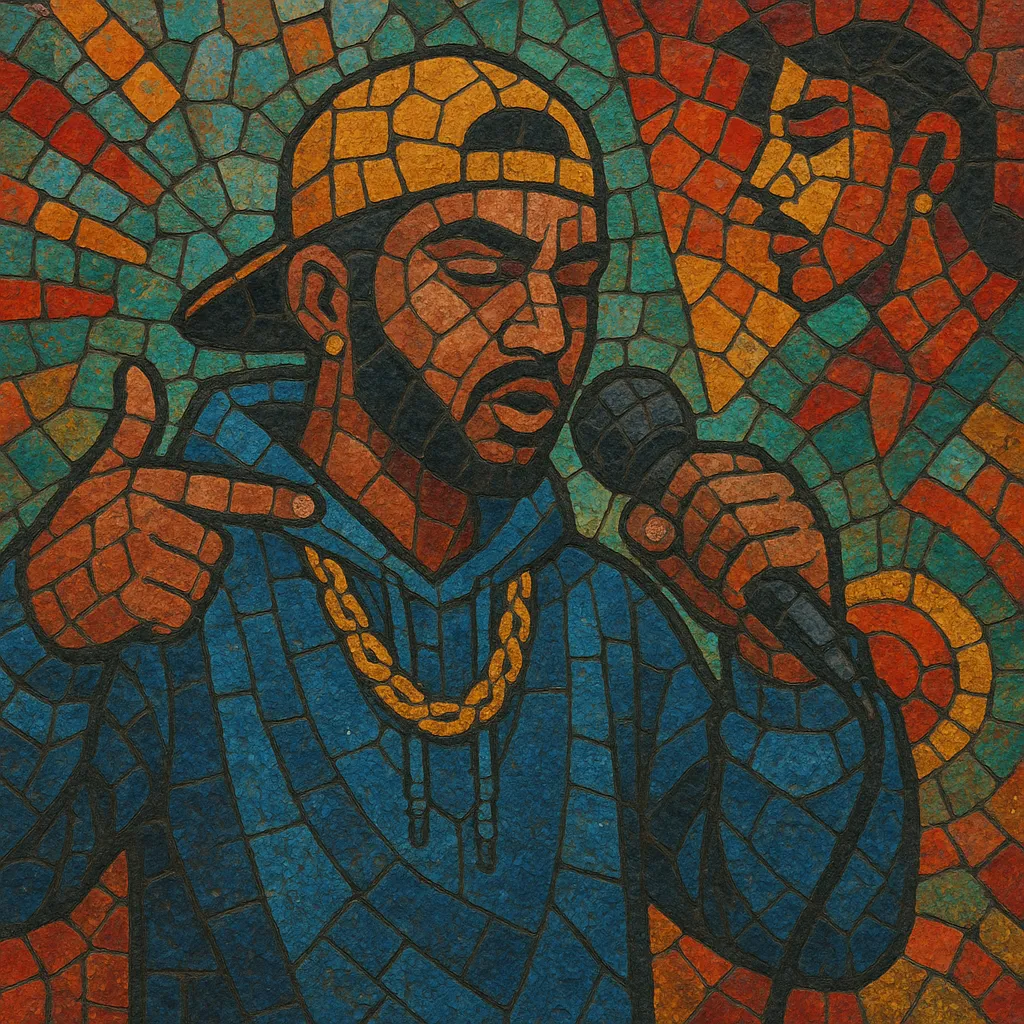Your digger level
0/5
🏆
Sign in, then listen to this genre to level up
Description
Hindi hip hop is a regional form of rap music performed primarily in Hindi (often mixed with Hinglish), built on the rhythmic, lyrical, and production foundations of global hip hop. It blends classic boom‑bap grooves and modern trap sonics with locally rooted storytelling, slang, and cadence, creating a distinct voice for Indian urban life.
Stylistically, it intersects with Bollywood/filmi songwriting, Indian pop hooks, and occasional motifs from Hindustani melodies or folk percussion. From gritty street narratives to club‑ready anthems, Hindi hip hop spans conscious, battle, and commercial sub‑strains while retaining a strong emphasis on wordplay, flows, and identity.
History
Early foundations (1990s)
• The earliest mainstream seeds of Hindi rap appeared in the 1990s with artists like Baba Sehgal, who brought Hindi rhymes to Indian pop and music television. While these efforts were largely pop‑rap, they established that rapping in Hindi could resonate with a mass audience.
Diversification and film crossovers (2000s)
• Through the 2000s, hip hop elements seeped into Bollywood and Indian pop (filmi) via feature verses, soundtrack placements, and TV. Parallel to Punjabi and Hinglish rap gaining traction, Hindi‑language verses began to appear more often in commercial contexts, helping normalize rap’s cadence and aesthetics for Indian listeners.
Underground to mainstream: the gully rise (2010s)
• In the mid‑2010s, an underground Hindi rap movement emerged from Mumbai and Delhi, shaped by boom‑bap and later trap production. Artists like Divine and Naezy catalyzed the "gully" (street) narrative—raw, local, and vernacular. Independent labels, YouTube, and streaming gave these artists distribution and community.
• The 2019 film "Gully Boy" amplified this trajectory, bringing Hindi hip hop’s stories to a national and international audience, and opening doors for brand partnerships, festival stages, and cross‑industry collaborations.
Consolidation and expansion (2020s)
• Reality shows, social platforms, and DSP playlists broadened discovery, while production diversified—from classic sample‑driven beats to glossy trap, drill‑tinged rhythms, and pop‑rap crossovers. Established stars and new voices alike now toggle between street storytelling, social commentary, and chart‑oriented hooks, firmly embedding Hindi hip hop within India’s mainstream music economy.
How to make a track in this genre
Rhythm and groove
• Start with hip hop backbones—either boom‑bap (85–95 BPM, swung drums, prominent kicks/snares) or modern trap (130–150 BPM double‑time feel, rolling hi‑hats, 808 subs).
• For regional color, layer dholak/tabla fills, claps, or percussive one‑shots that complement the kick–snare pocket rather than crowd it.
Melody and harmony
• Hooks can draw from Bollywood/filmi or Hindustani‑influenced motifs (pentatonic or raga‑tinged phrases) while keeping harmony simple (two to four chords). Use call‑and‑response between the hook and ad‑libs.
Sound design and instrumentation
• Combine crisp drum kits (or sample breaks) with 808s, textured pads, and plucks. Sample flips from vintage Indian records or filmi vocals can add identity—be mindful of clearance.
• Contrast gritty verses with polished, melodic choruses using vocal stacks, autotune (tastefully), or a featured singer.
Flow, language, and lyrics
• Write primarily in Hindi or Hinglish. Prioritize internal rhymes, multisyllabics, neighborhood slang, and punchlines. Let cadence follow the drum accents; experiment with double‑time runs in trap beats.
• Common themes: street hustle, social mobility, city life, peer rivalry, and personal testimony. Authenticity and local detail (places, idioms) are key.
Structure and arrangement
• Typical forms: Intro – Verse – Hook – Verse – Hook – Bridge/Verse – Hook. Keep verses 12–16 bars; use drops, risers, and fills to signal sections.
• Reserve space for a beat switch or halftime section to refresh energy and showcase a second flow.
Production workflow tips
• Sidechain 808s and kick for clarity; carve 150–300 Hz mud. Brighten vocals (presence 4–6 kHz) and control sibilance.
• Parallel compression on drums for punch; subtle saturation on the mix bus to glue.
• Reference both boom‑bap and trap pioneers, but A/B with current Hindi rap mixes to match market loudness and tonal balance.


